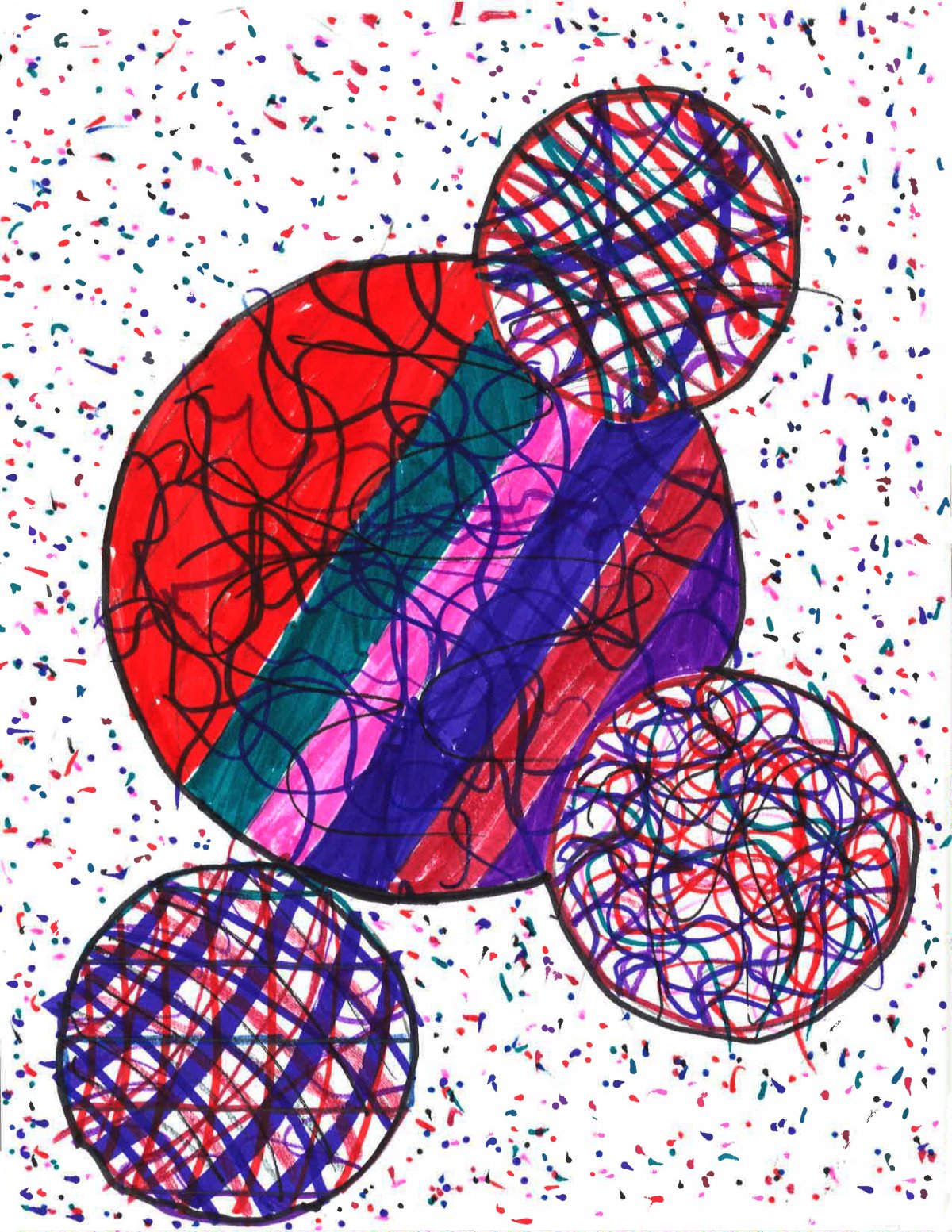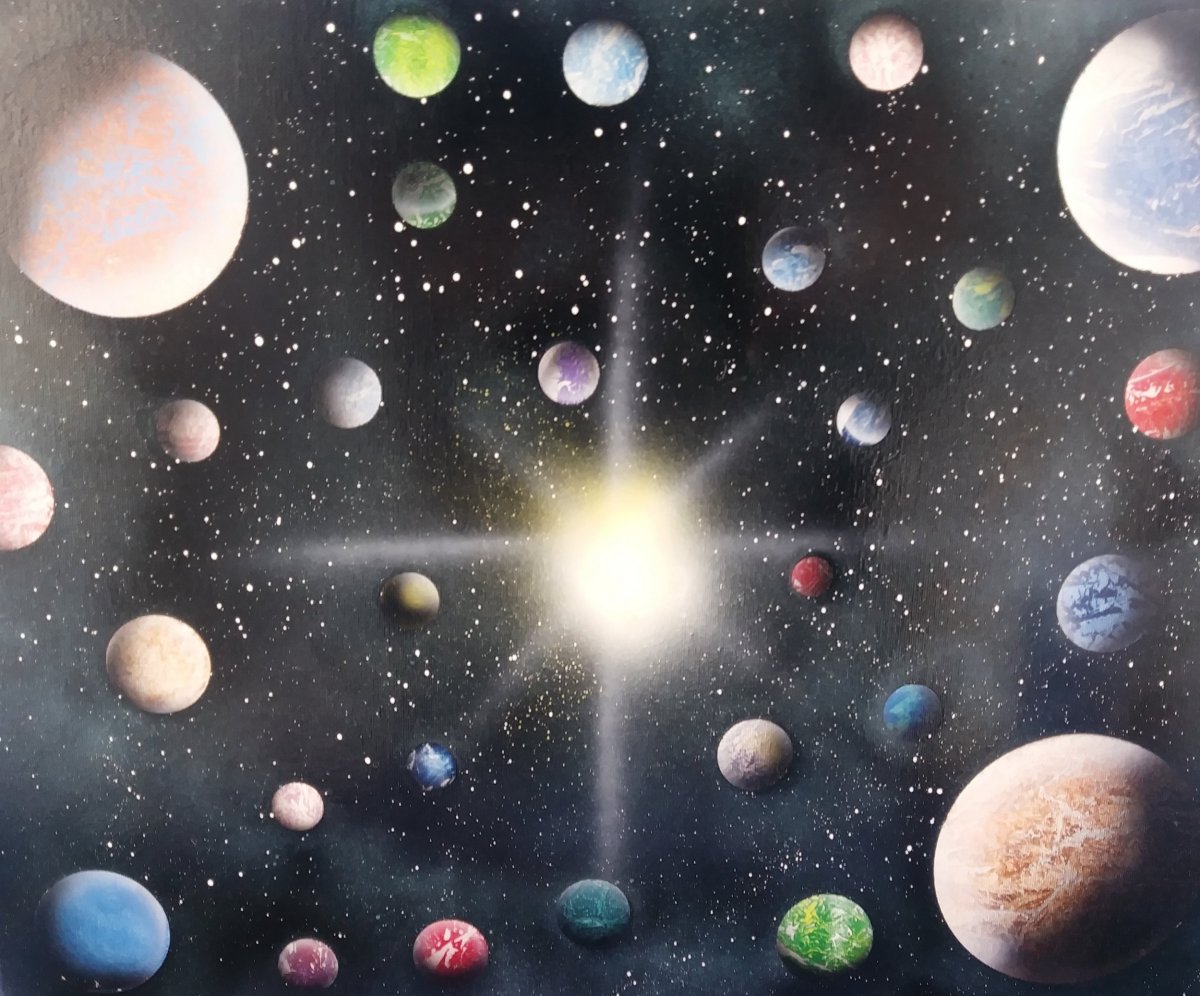
What do exoplanets look like? Although they vary, NASA asked children to draw what they believed exoplanets looked like. Then, the governmental agency put the images on a chip that will fly onboard the Transiting Exoplanet Survey Satellite (TESS). For background, an exoplanet orbits any star that isn't the sun.
Anyone under the age of 18 could participate and had until November 2017 to be included onto the TESS spacecraft. But, NASA is still accepting entries and will include them in an online gallery for space lovers to enjoy.
The results are, unsurprisingly, creative. Illustrations include more traditional planet depictions to unicorn and Mickey Mouse inspired submissions.The full gallery can be viewed online.

According to the NASA website, TESS is expected to launch next month and will identify a variety of planets. The goal is to find small planets with bright host stars to shed light on the planets' characteristics and atmospheres. The satellite will look at more than 200,000 stars during a two-year mission.

Finding new exoplanets help us learn more about our solar system and offer additional insight about how planets form. And perhaps more interestingly, studying exoplanets could open up the possibility of life outside of earth, according to the University of Leicester in the United Kingdom. Finding a habitable planet other than our own could open up the possibility of other life forms.
In December 2017, scientists discovered a "super-Earth" exoplanet that could possibly be home to alien life, Newsweek reported. A super-Earth planet is greater in mass than Earth but smaller than the very large Uranus or Neptune.
Would-be artists who would like to share their creations can submit illustrations on Twitter by tagging @nasa_tess. The images are compiled into a gallery on the social media account.
Uncommon Knowledge
Newsweek is committed to challenging conventional wisdom and finding connections in the search for common ground.
Newsweek is committed to challenging conventional wisdom and finding connections in the search for common ground.
About the writer
Melissa is a science writer covering health for Newsweek and has contributed to Inc., Dr. Oz The Good Life, Men's Fitness, Marie Claire and others. She earned ... Read more
To read how Newsweek uses AI as a newsroom tool, Click here.








